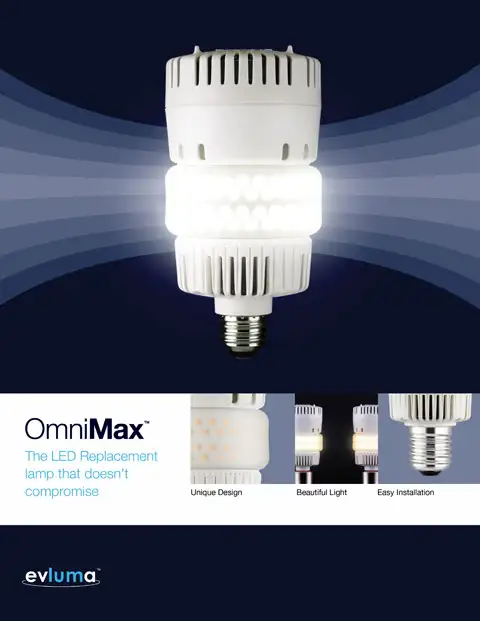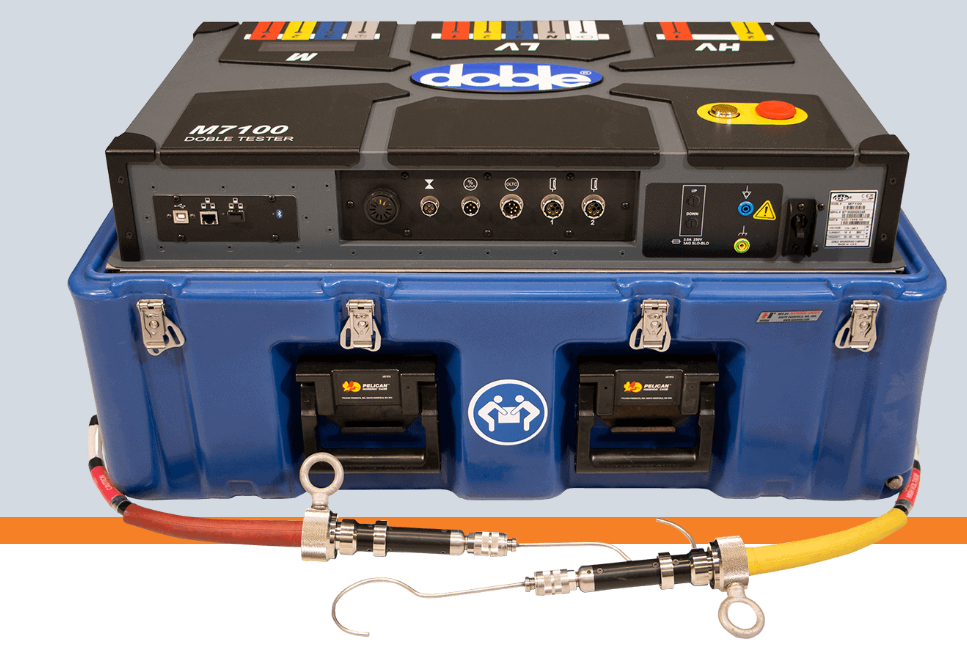Electrical Transformers Explained
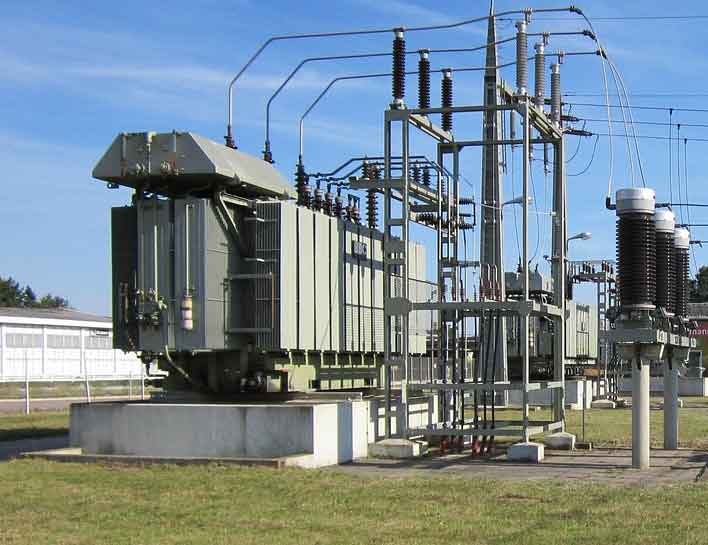
Substation Maintenance Training
Our customized live online or in‑person group training can be delivered to your staff at your location.
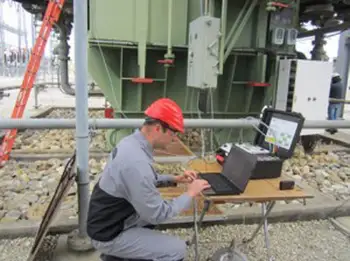
- Live Online
- 12 hours Instructor-led
- Group Training Available
Download Our OSHA 3075 Fact Sheet – Understanding Electrical Hazards in the Workplace

- Learn the effects of electric current on the human body
- Understand OSHA safety standards and protective devices
- Discover essential lockout/tagout and grounding practices
Electrical transformers explained for power distribution, voltage regulation, isolation, impedance matching, and efficiency—covering cores, windings, turns ratio, step-up/step-down operation, AC frequency, losses, and safety standards, magnetic flux, laminated cores, load conditions, saturation.
What Is Electrical Transformers Explained?
Guide to transformer types and applications—covering voltage conversion, isolation, efficiency, and core design.
✅ Explains step-up/step-down, turns ratio, and impedance matching
✅ Covers core materials, laminated steel, flux, and eddy current losses
✅ Details cooling, insulation classes, and safety/IEC standards
Electrical transformers are used to "transform" voltage from one level to another, usually from higher ac voltages to a lower voltages. They do this by applying the principle of magnetic induction between coils to convert voltage and/or current levels. For a concise overview, see what a transformer is in practical terms.
Electrical Transformer Maintenance Training
Substation Maintenance Training
Request a Free Training Quotation
There are various industrial power transformer types: there are oil-filled transformers and dry transformer types; there are underground transformers, pole mounted transformers, residential transformers and electrical power transformers. There is an auto transformer and a variable auto transformer. There is the utility pole transformer, which is a power pole transformer, as well as the power line transformer. Most have transformer enclosures to provide safety and protection of the inner workings. For deeper categorization, explore different types of transformers across industrial and utility applications.
The way these types of electrical power transformers work, they are passive electrical devices which transform alternating current (otherwise known as "AC") electric energy from one circuit into another through electromagnetic induction. Most are step down transformers but it can be a step up transformer. They have a primary winding and a secondary winding. They normally consist of a ferromagnetic core and two or more coils called "windings". A changing current in the primary winding creates an alternating magnetic field in the core. In turn, the core multiplies this field and couples the most of the flux through the secondary tranformer windings. This in turn induces alternating voltage (or emf) in each of the secondary coils. In practice, a transformer is a device that increases or decreases voltage according to its turns ratio and load conditions.
Electricity Today T&D Magazine Subscribe for FREE

- Timely insights from industry experts
- Practical solutions T&D engineers
- Free access to every issue
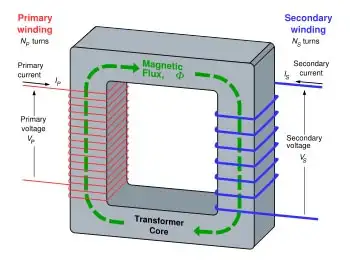
To understand their role in power systems, review what transformers do from generation to end-use equipment.
They can be configured as either single-phase or three-phase electrical transformers. There are several important specifications to specify when searching for working electrical transformers. These include: core type, coils of wire, maximum secondary voltage rating, maximum secondary current rating, maximum power high rating electric circuits, number of turns, electromagnetic induction, voltage level, output voltage, turns ratio, primary and secondary windings, primary coil and output type. It may provide more than one turn in the secondary voltage value. The Rated Power is the sum of the VA (Volts x Amps) for all of the secondary windings. Output choices include AC or DC. For Alternating Current waveform output, voltage the values are typically given in RMS values. Consult manufacturer for waveform options. For direct current secondary voltage output, consult manufacturer for type of rectification. Selection guides for electrical power transformers can assist with matching ratings, insulation class, and cooling method.
Cores can be constructed as either a toroidal or laminated. Toroidal units typically have copper wire wrapped around a cylindrical core so the magnetic flux, which occurs within the coil, doesn't leak out, the coil efficiency is good, and the magnetic flux and magnetic fields have little influence on other components. Laminated refers to the laminated-steel cores. These steel laminations are insulated with a nonconducting material, such as varnish, and then formed into a core that reduce electromagnetic induction and losses. There are many types. These include autotransformer, control, current, distribution, general-purpose, instrument, isolation, potential (voltage), power, step-up, and step down voltage transformers. Mountings include chassis mount, dish or disk mount, enclosure or free standing, h frame, and PCB mount. For a structured comparison, this overview of transformer types clarifies typical use cases and construction differences.
Within control circuits, a dedicated control transformer provides isolated, stable low-voltage power to relays, PLCs, and instrumentation.







